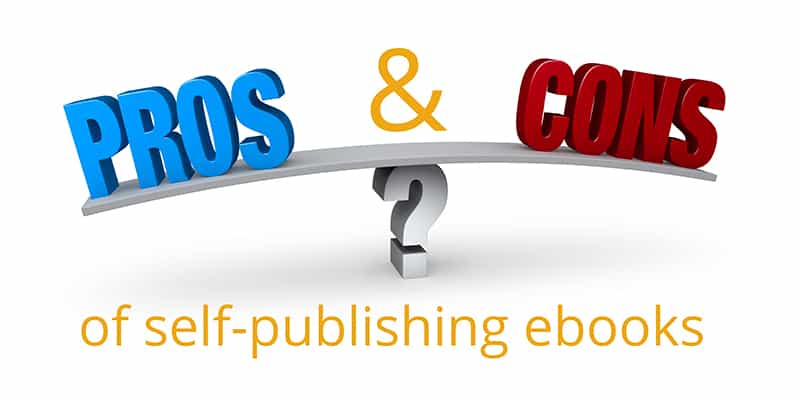
What makes a thriller so gripping that readers lose sleep turning just one more page? Whether you’re writing a psychological suspense, action-packed espionage, or a fast-paced crime novel, crafting a thriller that holds readers captive requires more than a good idea—it demands tension, pacing, and stakes that never let up.
Here’s how to write a page-turning thriller that readers can’t put down.
1. Start with a Hook—Immediately
Your opening should drop readers into a moment of tension, mystery, or urgency. Whether it’s a body on the floor, a cryptic message, or a panicked phone call, give readers a reason to care and a reason to worry within the first page.
Tip: Start with action or an unsettling question. The more disoriented (in a good way) your reader feels, the more likely they are to keep going to find answers.
2. Craft High Stakes
A page-turning thriller demands high personal or global consequences. What does the protagonist stand to lose—love, life, freedom, sanity? The higher the stakes, the tighter the grip on your reader’s attention.
Remember: Stakes should escalate. If the character solves a problem too easily, tension drops. Let them win battles but lose ground in the war.
3. Develop a Relatable Hero—and a Formidable Antagonist
Readers must care deeply about your protagonist. They don’t have to be perfect, but they do need to be human. Give them a flaw, a secret, or something deeply personal driving their actions.
Meanwhile, a strong antagonist—whether a person, a system, or an inner demon—should always feel like they’re one step ahead, forcing your protagonist to react under pressure.
4. Master the Art of Suspense and Reveal
Thrillers aren’t just about what happens next—they’re about what might happen. Suspense is created when readers know more than the character (dramatic irony), or when they’re missing critical information and desperate to learn more.
Use tools like:
- Cliffhangers at the end of chapters
- Misdirection and red herrings
- Timed reveals that force reevaluation of past events
5. Pace Like a Pulse
Your story should move with urgency. Alternate between fast-paced scenes and quieter moments of reflection, but never let tension completely vanish. Every chapter should end with a reason to keep going.
Pro tip: Shorter chapters and tighter sentence structures can increase the sensation of speed.
6. Plant Twists That Feel Inevitable (Not Random)
A great twist doesn’t just surprise—it satisfies. Lay subtle clues early on so that when the reveal hits, readers see the breadcrumbs they missed and feel rewarded, not cheated.
A good rule: The twist should make more sense than what the reader expected.
7. Raise Questions—and Delay Answers
Thrillers thrive on unanswered questions: Who did it? Why? What’s the real motive? Dole out information carefully. Keep readers guessing, but don’t frustrate them. Every answer should raise new questions.
8. End with Impact
The climax should feel inevitable, earned, and explosive. Resolve major plot threads and deliver emotional payoff—but avoid neat or unrealistic conclusions. A thriller should linger in the mind after the last page.
Tension, Tension, Tension
Writing a thriller isn’t just about chasing danger—it’s about constructing tension architecture. Every scene, sentence, and choice should support that tightrope walk between suspense and revelation. When done right, your reader won’t just turn pages—they’ll devour them.















Comments